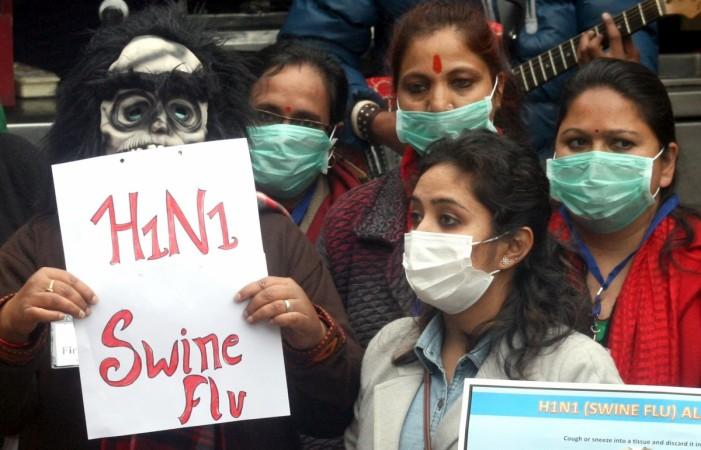
New Delhi has reported 1,011 swine flu cases this year, according to a report by the Integrated Disease Surveillance Programme (IDSP). On February 5, hospitals in the national capital reported 124 cases of H1N1 Influenza Virus (Swine flu).
Although the Delhi government has not officially confirmed any death due to swine flu, unconfirmed reports put the number of deaths across the national capital at 19. New Delhi has recorded the second largest number of swine flu cases in the country, next to Rajasthan.
The number of swine flu cases reported so far this year has been alarmingly high as compared to the corresponding period last year. A total of 6,700 persons across the country have tested positive for H1N1 virus and 226 people have died this year. It was 798 cases and 68 death during January-February 2018.
With an increasing rush of patients diagnosed with swine flu, the hospitals have been running short of medications, special masks, ventilators and personal protective equipment for the medical staff.
Although the Delhi government has stated that it has sufficient stocks of Tamiflu (medication for H1N1 influenza), the sources at a few primary health care centres told Hindustan Times that the drugs have not reached them.
Why is India seeing a sudden spurt in swine flu cases this year?
Experts say that the influence of H1N1 virus waxes and wanes through seasonal changes and the virus may suddenly show up every alternate year after the immunity of people decreases.
Last year, the number of swine flu cases was a record low, however, the outbreak this time is much bigger. The doctors opined that a prolonged winter period, especially in the northern region of the country such as J&K, Delhi, Haryana and Rajasthan, extends the shelf life of the virus.
Lack of awareness especially among the rural population, no prior vaccination and only symptomatic treatment also leads to a higher number of cases. The Union Health Ministry has issued an advisory to all the states directing them to increase surveillance, set up screening centres at hospital OPDs and earmark isolation wards for infected patients.
However, the efforts have not been able to contain the spread of the fatal HINI virus.
What is swine flu/H1N1 virus? Symptoms and treatment:
Swine flu, also known as swine influenza or pandemic influenza, is a respiratory disease caused by the H1N1 virus, which is transmitted by an infected pig. The virus passes on easily through nasal, oral secretions, physical contact with the infected person or contaminated objects.
The most common symptoms of swine flu mimic the common viral illnesses such as nasal discharges, persistent cough, muscle pain and decreased appetite.
Prevention/ treatment measures include :
1. Maintaining personal hygiene, using hand sanitisers and eating fresh food. Avoiding pork is recommended during the peak season of the infection.
2. Avoid crowded, closed spaces and physical contact with a flu infected person and refrain from visiting the places/ offices which have already been declared swine flu-hit.
3. Not to take common viral flu symptoms such as fever, cough, sneezing casually and report to the nearest medical facility immediately.
4. Those who have been tested positive for the H1NI virus are advised to immediately consume Tamiflu tablets to contain the virus and prevent the infection from spreading further.
5. People with illnesses such as diabetes, respiratory disorders or hypertension are at an increased risk of catching H1NI virus, hence should exercise greater caution.
















